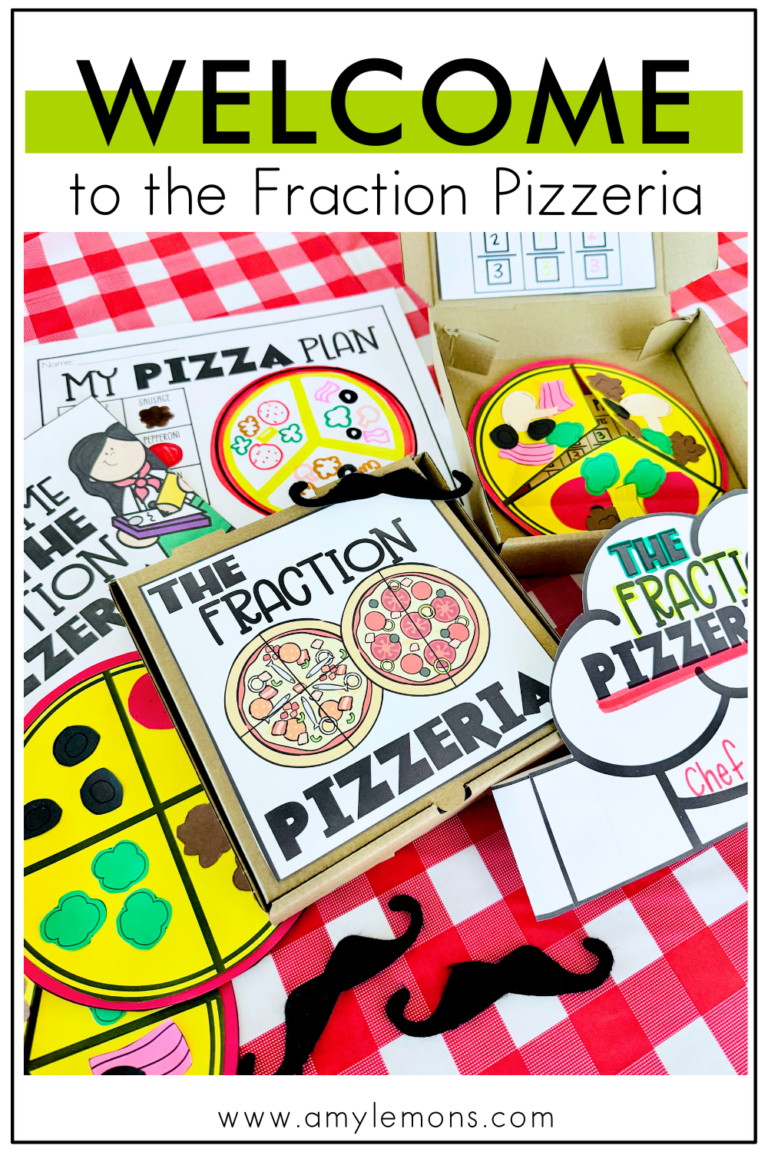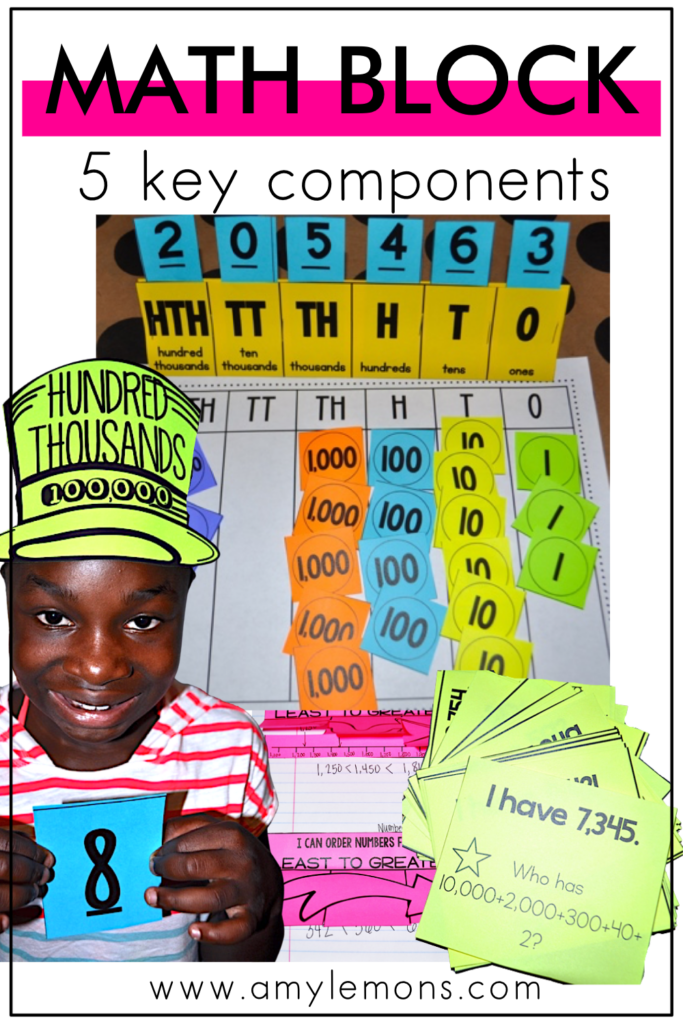

When you’re searching for the best math curriculum for your elementary school, there are no-brainer components to include like ensuring the curriculum aligns with the standards set forth by the school district, provides opportunities for differentiation and individualized learning, and of course, progression and scope.
So, the lessons begin to build on previous knowledge and skills as new skills are introduced gradually.
In addition to those essential components, there are 5 other major pillars to consider. The type of activities and lessons you’ll be using in your math block directly tie into how engaging and effective the lessons will be for your students. And that matters just as much as meeting district requirements.
The truth is, sometimes math curriculums fall short in the engagement department by relying too heavily on only meeting the requirements in a fixed, traditional way.
When you’re trying to figure out how to choose the best math curriculum for your math block, the contents of the curriculum matter a whole ton. So, you should consider these 5 essential things.

With each new math unit introduced to students, comes new words that they may not be familiar with. Introducing important key terms will provide exposure to vocabulary words that they will encounter throughout their learning.
If you’re going for the best math curriculum, then the visuals should provide students with the word, an example, and a definition that they can later apply while completing their math tasks.
I Can Statements are a beneficial complementary element to vocabulary. You can display these statements along with your vocabulary using this FREE math focus bulletin board.
I Can Statements help reinforce learning objectives by breaking them down into kid-friendly language.
Daily word problems allow students the opportunity to apply the math skills that they are learning while solving problems. Students use this time to solve problems in their own way. We are able to see how students are thinking and how they came to a solution.
To make this an easy process to keep up with throughout the year, students can complete word problems in their math journals.
An engaging math mini-lesson is an important part of the math curriculum for elementary school students because it helps to capture their attention and motivate them to learn.
When students are actively engaged in the lesson, they are more likely to retain the information and apply it to future problems.
Like the example in the image above, you can really see the impact of getting students physically involved in the lessons!
Additionally, mini-lessons can help to create a positive classroom culture where students feel supported and encouraged to participate.
By incorporating interactive activities and real-world examples, teachers can make math more relatable and less intimidating for students, which can ultimately lead to greater success in the subject.
In fact, our Magic of Math curriculum is based on this premise because that’s just how important it is to your math block.
Incorporating math games into your math block provides an opportunity for students to work collaboratively and communicate with one another while also practicing math skills.
Partner games can make math more engaging and fun for students, as they get to interact with their classmates and compete in a friendly way. They can also help students develop important social skills such as teamwork, communication, and respect for others.
Math games can seem intimidating at first, but they don’t have to be extravagant. Something as simple as the Turn Over and Compare game (pictured above) can be an effective way to get students working together.

Independent work does not always have to look like a worksheet or textbook page. Students can complete a game, journal entry, or an interactive notebook entry.
Interactive notebooks are an important part of your math curriculum because they allow students to take ownership of their learning by organizing their notes, creating visual representations of concepts, and reflecting on their own thinking. This can lead to a deeper understanding and better retention of material.
Additionally, interactive notebooks can serve as a valuable tool for assessment, as teachers can easily monitor student progress and understanding.
Having the majority of these 5 essential components will ensure you are using the best math curriculum for your classroom so you can ensure that your math block looks like an effective, active, and creative space for learning.
You can easily see how these elements are applied with a look inside our Magic of Math units! We included examples of our 3rd Grade Magic of Math unit for Place Value throughout this post but you can find out more details below.
1st Grade Magic of Math Place Value
2nd Grade Magic of Math Place Value
3rd Grade Magic of Math Place Value

Hey, y’all! My name is Amy Lemons and I am passionate about providing students with both engaging and effective standards-based Math and ELA lessons.

Sample a day of Rooted in Reading with these lesson plans and activities for Reading Comprehension, Vocabulary, and Grammar!